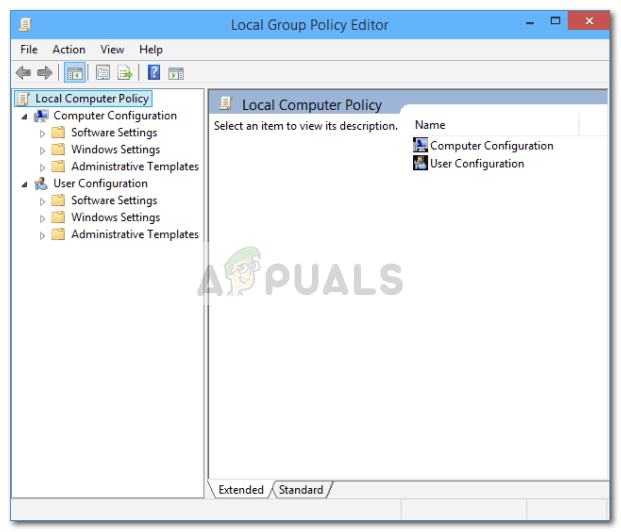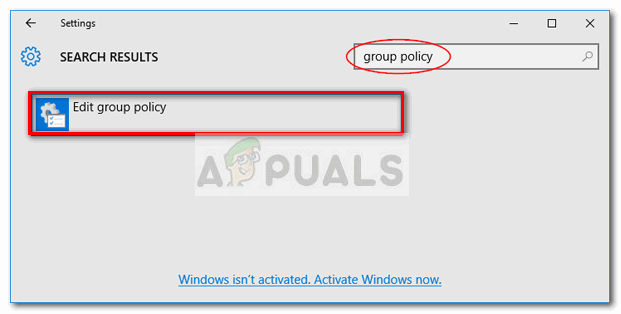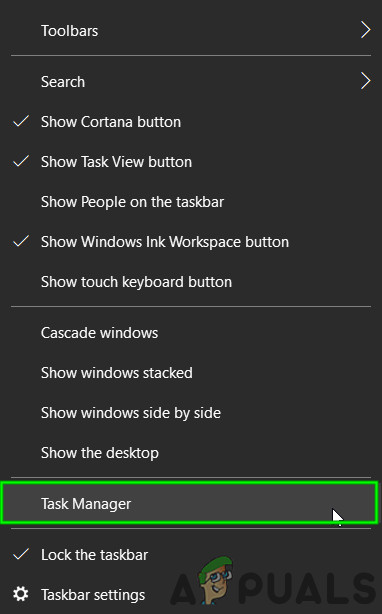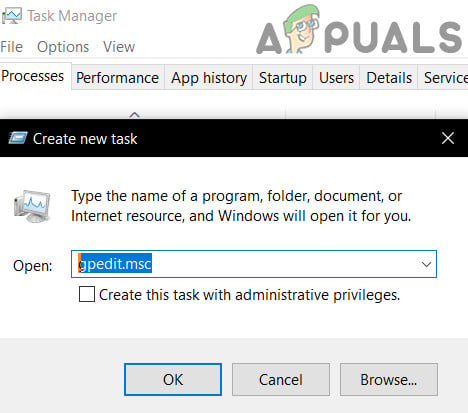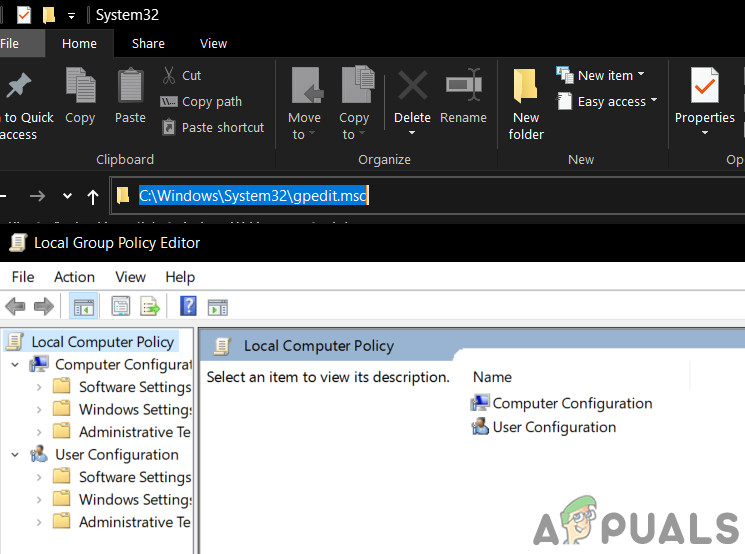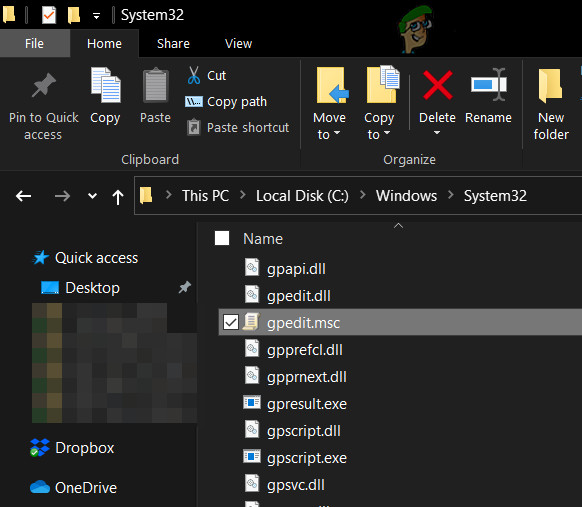What is Local Group Policy Editor
The Local Group Policy Editor (gpedit.msc) is essentially a Management Console (MMC) snap-in that acts as a common interface for all Computer Configuration and User Configuration settings. The administrator can use the gpedit.msc tool to create policies that will then be applied to the computer (regardless of who’s accessing it) or only to certain users that log-in with their user’s accounts. If the administrator uses Computer Configuration to set policy, the settings will be applied to all users regardless of who is logged on. If the administrators make use of User Configuration to enforce a policy, it will apply to those users (regardless of the computer that they use). By default, the policies that are enforced with Local Group Policy Editor produce effects with all users unless the administrator specifies otherwise. Note: Keep in mind that the Local Group Policy Editor is only found on Windows 10 Enterprise, Windows 10 Education, and Windows 10 Pro editions. If you don’t have one of these editions but you still want to use the Local Group Policy Editor, you can install Local Group Policy Editor (gpedit.msc) on Windows 10 Home Edition.
How to Open Local Policy Editor
Once you are certain that your computer is equipped to open the Local Group Policy Editor, here’s a list of different methods that you can use to open the gpedit.msc tool in Windows 10. Keep in mind that all methods will help you achieve the same thing, so follow whichever method seems more convenable to your situation. Note: Keep in mind that whatever method you end up using, you need to be signed in with an administrator account to open and use the Local Group Policy Editor.
Method 1: Open Local Group Policy Editor via a Run Box
This is one of the quickest ways to access the Local Group Policy Editor. To open the gpedit.msc tool from a Run box, press Windows key + R to open up a Run box. Then, type “gpedit.msc” and hit Enter to open the Local Group Policy Editor. Note: If you get a message saying the “Windows cannot find gpedit.msc”, it’s probably because your Windows 10 version is not equipped to open the Local Group Policy Editor.
Method 2: Open Local Group Policy Editor via the Search bar
Another speedy way to get around opening the gpedit.msc tool is via the search function. Here’s how to do this:
Method 3: Open Local Group Policy Editor via Command Prompt
Another way to go around opening the Local Group Policy Editor is to use Command Prompt to launch the gpedit.msc tool. Here’s how to do this: 2. Then in the Command Prompt window, simply type gpedit.msc and press Enter to open the Local Group Policy Editor.
Method 4: Open a Local Group Policy Editor in PowerShell
Another way to open the Local Group Policy Editor (gpedit.msc) tool is via Powershell. The procedure is highly similar to the Command Prompt. Here’s how to do it:
Method 5: Opening the Local Group Policy Editor via Control Panel
Another way to open the gpedit.msc tool is via the old Control Panel menu. As you know, Microsoft is slowly replacing the old Control Panel with the new Settings menu, but that doesn’t mean you can no longer access it. Follow the steps down below to open the Local Group Policy Editor from the Control Panel menu:
Method 6: Opening the Local Group Policy Editor via Settings
Another way to open the Local Group Policy Editor is via the Settings charm. Here’s a quick guide on how to do this:
Method 7: Open Local Group Policy Editor by using Task Manager
Windows Task Manager can also be used to open the Local Group Policy Editor (gpedit.msc) directly. This is a feature in-built as a function in Task Manager since the beginning.
Method 8: Open Local Group Policy Editor by using Windows Explorer
Windows Explorer can also be used to open the Local Group Policy Editor (gpedit.msc).
Method 9: Open the Local Group Policy Editor Through Exe File
The manual way to open the gpedit.msc tool is to manually browse to the location of the Local Group Policy Editor and double-click on the executable. Here’s a quick guide on how to do this: Note: If you find yourself using the gpedit.msc utility frequently, you can create a shortcut by right-clicking on it and choosing Send to > Desktop.
Opening Local Group Policy editor on Windows 10 Home
As you might know already that Windows 10 Home doesn’t allow you to edit the group policies using the Local Group Policy editor. Local Group Policy Editor isn’t installed on Windows 10 home version by default and needs to be installed manually through other methods. We already have an article on this topic it’s really easy to execute and will allow you to access the local group policy editor and edit group policies in windows 10 home.
FIX: WindowsStore.admx Error in Local Group Policy EditorDisabling the Start Menu on Windows 10 using Group Policy EditorHow to Reset Local Group Policy Settings to Defaults in Windows 10Fix: Windows Defender Blocked by Group Policy Error 0x800704ec
